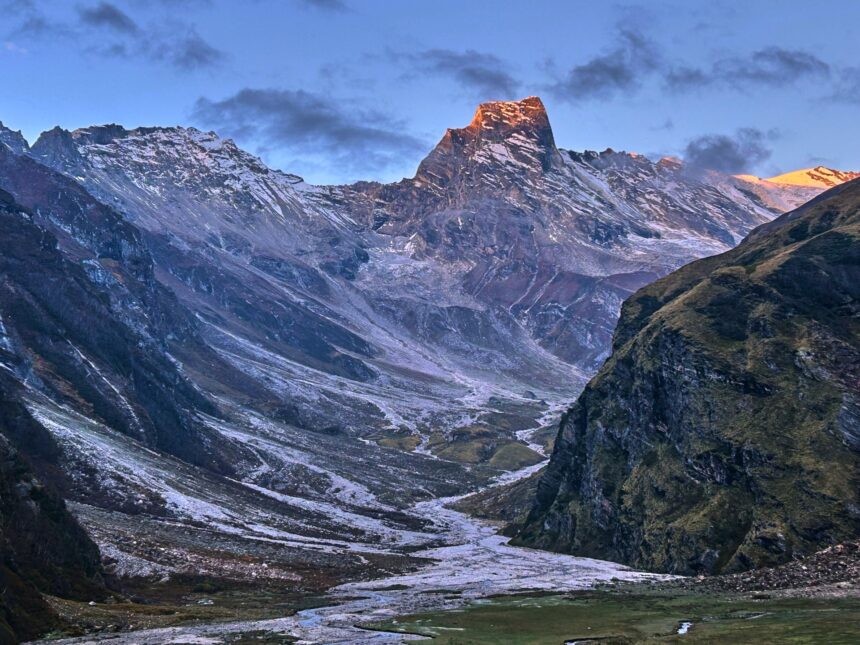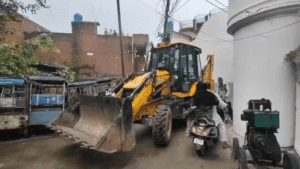The once-thriving border village of Martoli, located in the Johar Valley of Uttarakhand, India, now stands in a state of disrepair, with only dilapidated stone buildings remaining. During its peak in the early 1960s, Martoli was home to around 500 residents who engaged in trade with Tibetan communities, exchanging goods such as sugar, lentils, spices, and cloth for salt and wool. However, an armed conflict between India and China in 1962 resulted in the sealing of the border, significantly disrupting life in the high-altitude villages and discouraging return. At 77 years old, Kishan Singh, one of the few who still visits during the summer months, tends to the land, cultivating buckwheat, strawberries, and black cumin, despite the absence of a roof over his ancestral home. Currently, only three or four individuals return to Martoli each summer, though nearby villages like Laspa, Ghanghar, and Rilkot are witnessing a slight resurgence as access improves with a newly constructed unpaved road. Additionally, a new guesthouse has emerged among the remnants of old stone houses, catering to a handful of trekkers heading to the Nanda Devi Base Camp.
Original Tweet: [source_url]
Hashtags: #Indias #Himalayan #villages #slowly #reviving #decades #conflict










